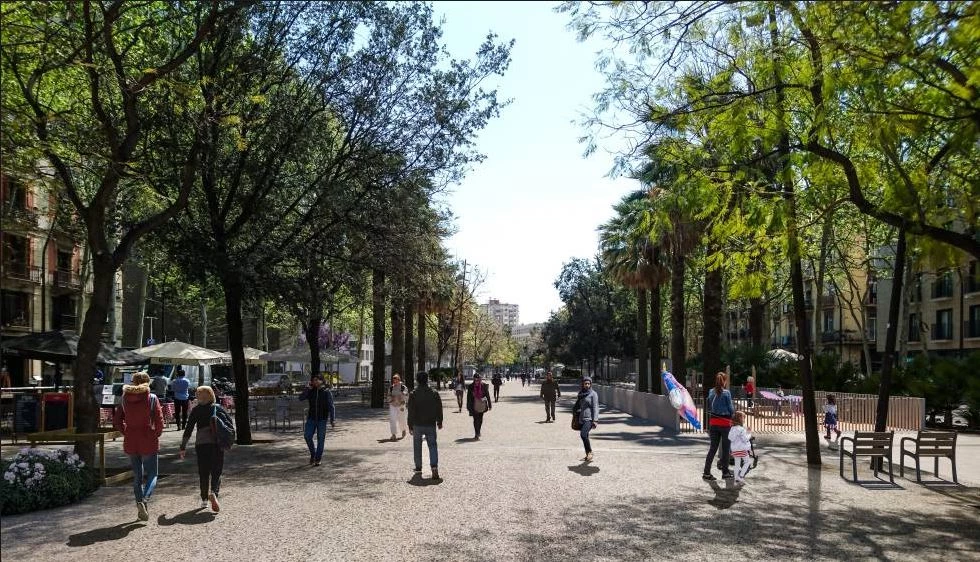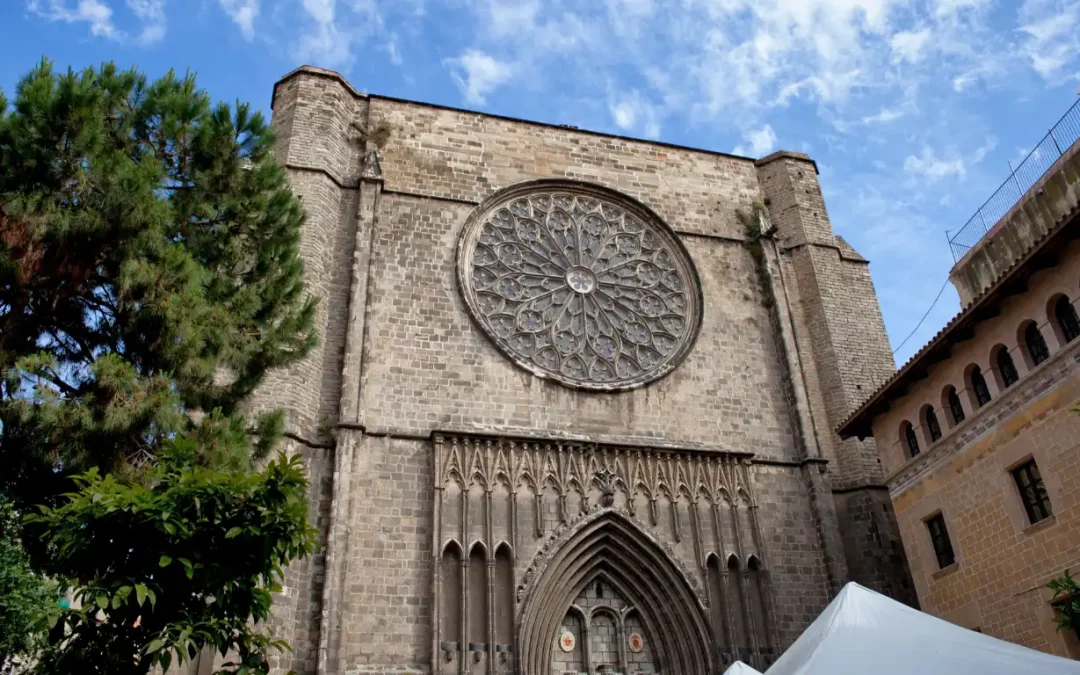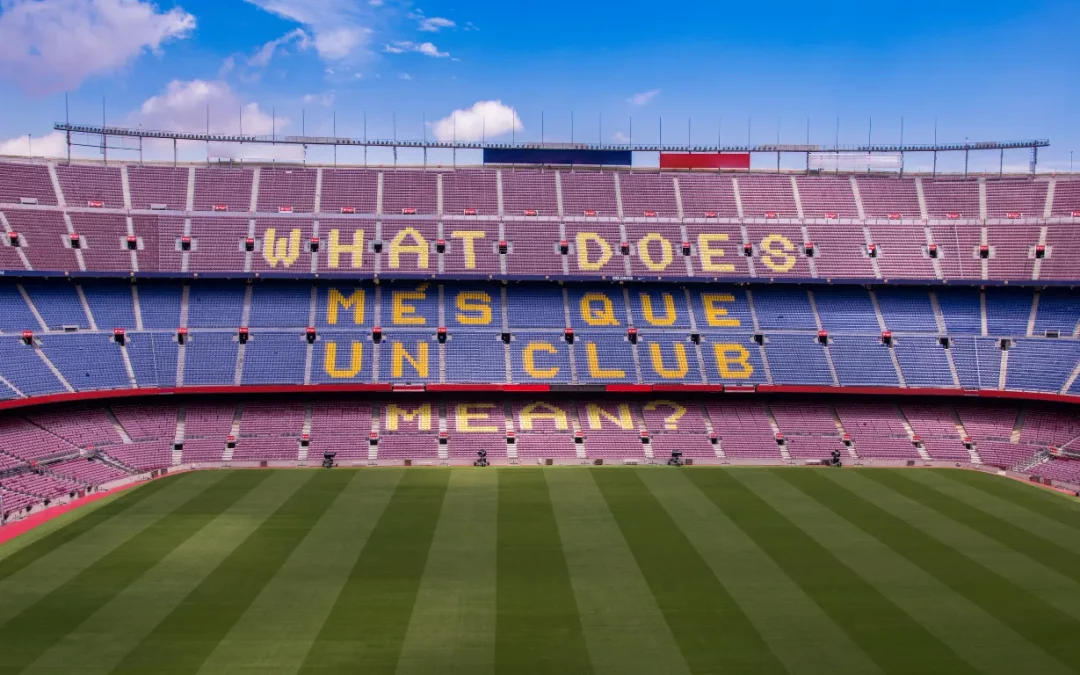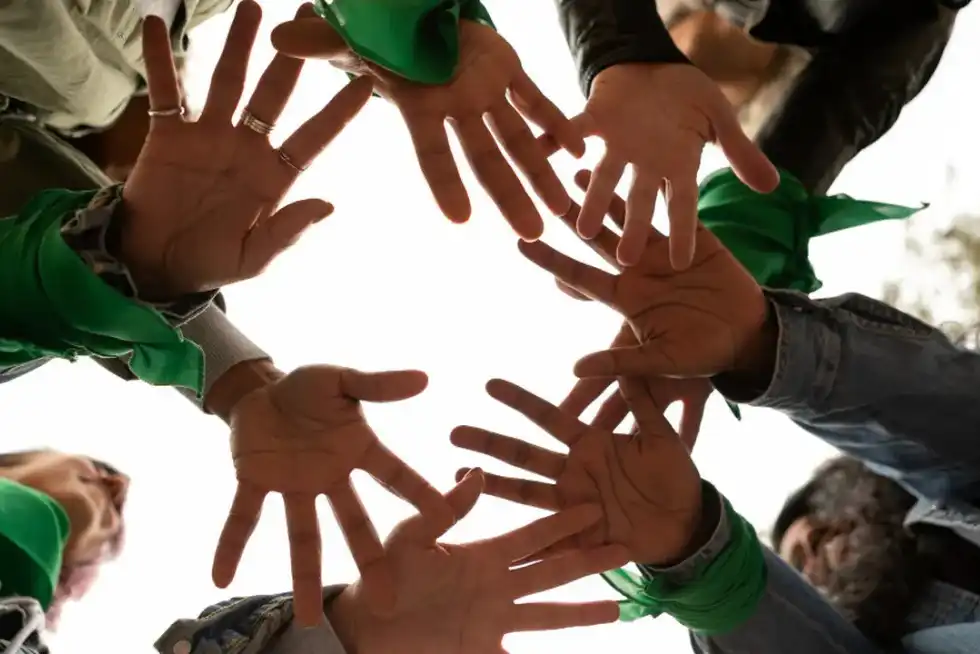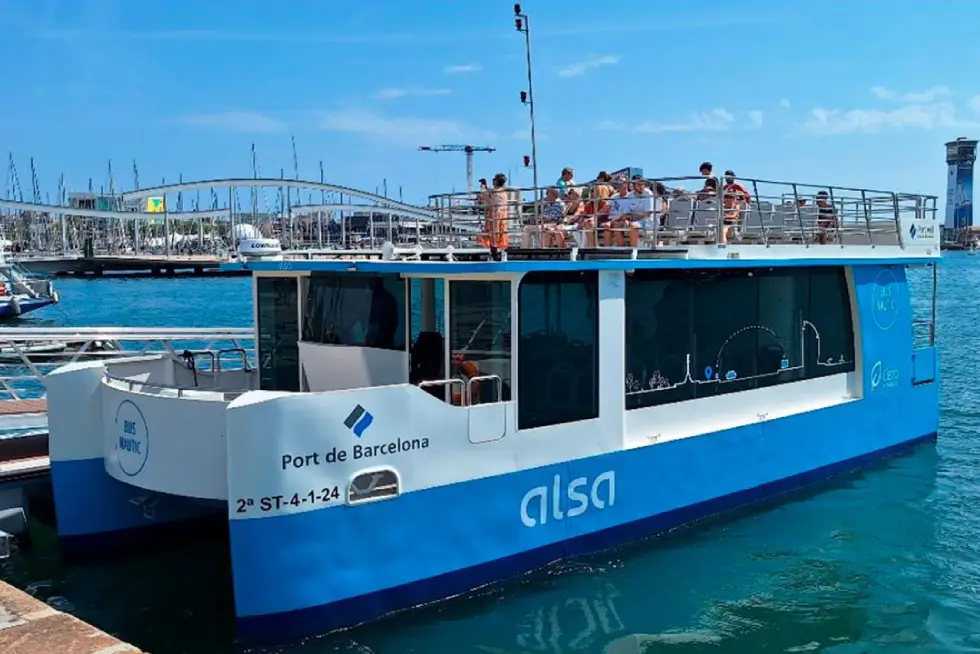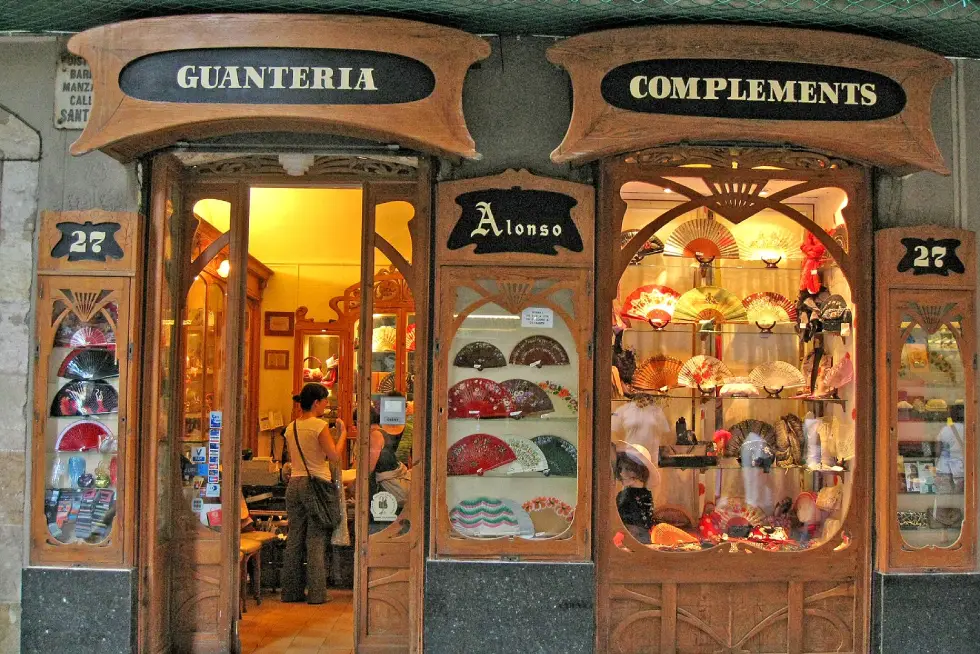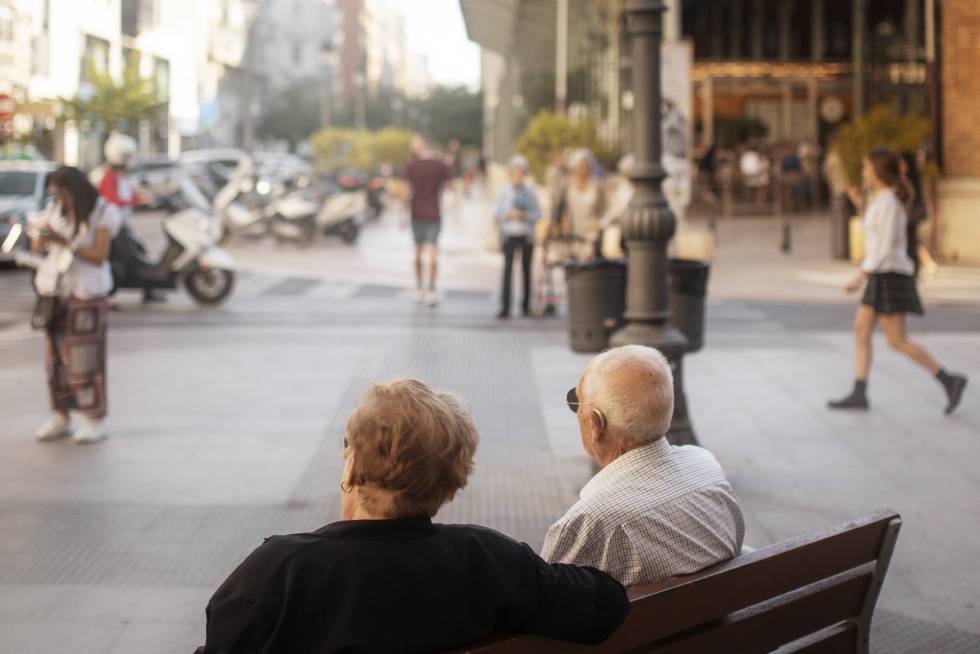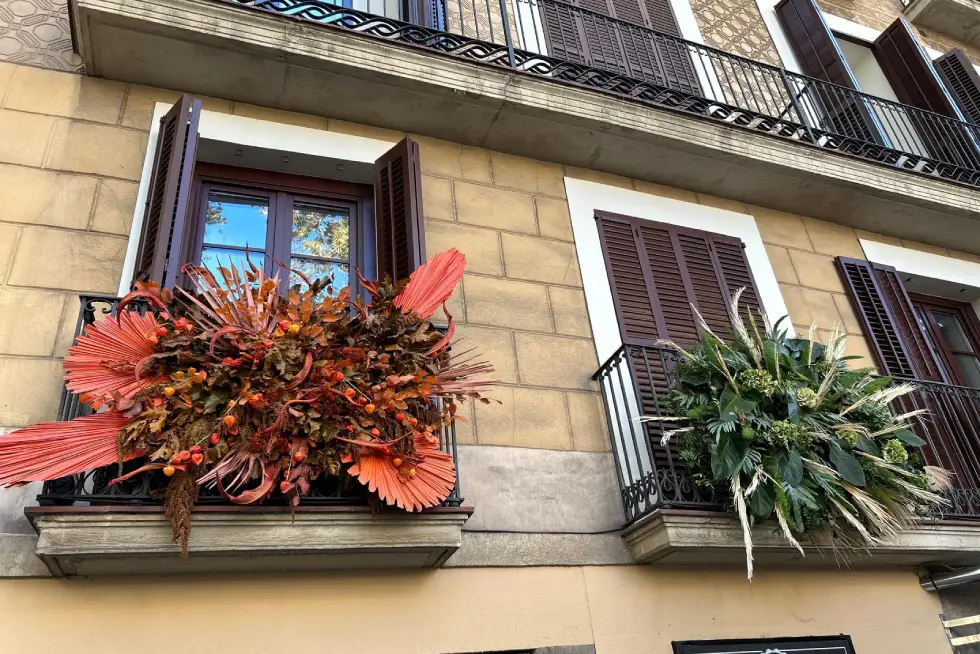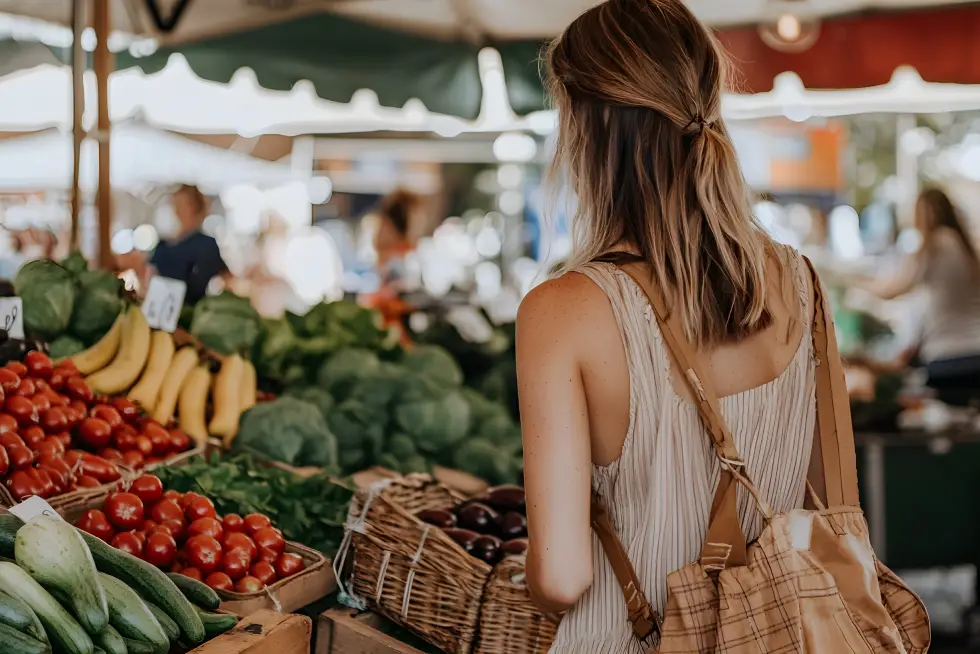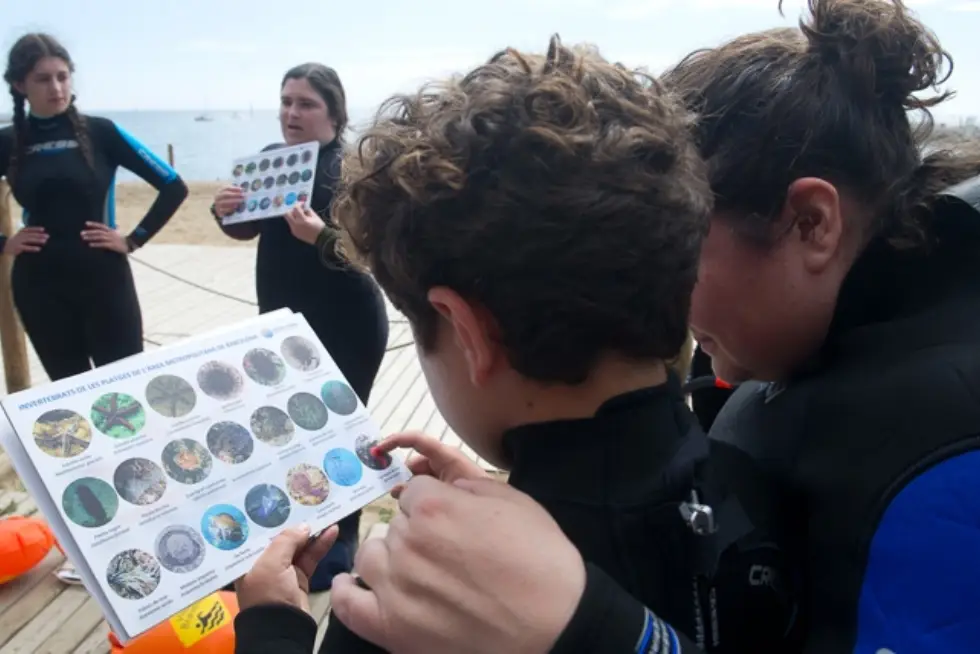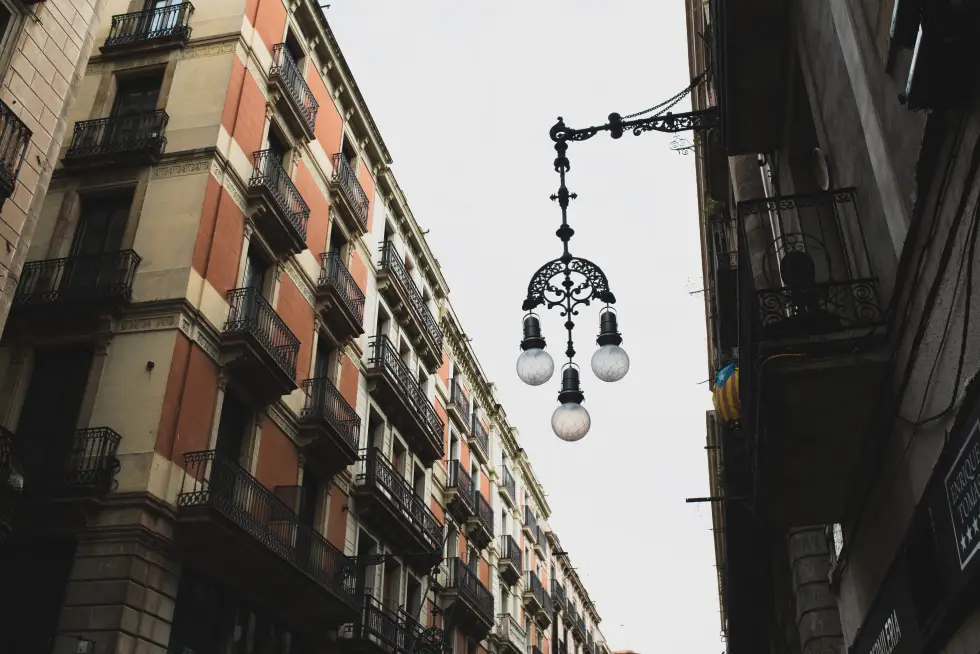To complete our review of Barcelona’s old town, today we suggest a tour through one of the most authentic, multicultural and lively neighbourhoods in the city: El Raval.
A network of narrow streets full of interesting corners where you will find people from all over the world, unique shops, an endless offer of restaurants and leisure spots and some of the most important cultural centres of the Catalan capital. Discover what to do and what to see in the neighbourhood of El Raval.
Rambla del Raval
Considered the main street in the neighbourhood, the Rambla del Raval is the widest and most modern avenue in the area and one of the liveliest streets in Barcelona.
As well as office buildings, hotels, bars, restaurants and a multitude of shops, restaurants and cafés, you will find the sculpture known as “Botero’s cat” in the Rambla del Raval, the neighbourhood’s mascot and one of its main icons.
After being bought by the City Council from the Colombian artist Fernando Botero in 1987, this enormous sculpture was first placed in the Ciutadella Park, near his companions at the Barcelona Zoo.
From there they took her to the Olympic Stadium for the Barcelona 92 Games and then to Blanquerna Square. Finally, after 15 years of searching for a home, this gigantic bronze cat found its definitive location (at least for now) in the Rambla del Raval.
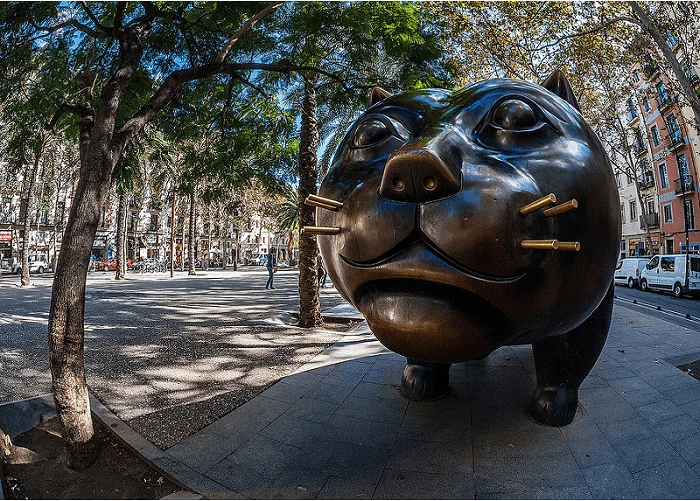
The best modern art museums in the city
MACBA
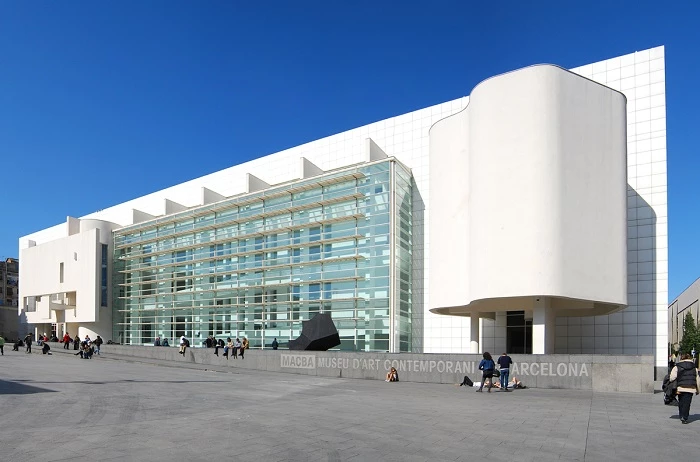
Considered the most important contemporary art museum in Barcelona, the MACBA is also one of the symbols of the urban transformation that El Raval has experienced in the last decades.
In its different halls you can see works by great national and international artists from the second half of the 20th century, in a space that invites you to generate critical debates on art and culture through meetings with artists, conferences and a variety of temporary activities and exhibitions.
All in a spectacular building designed by Richard Meier, which stands out for its combination of straight lines and curves, large interior spaces and the maximum use of natural light.

Next to the MACBA there is the Centre of Contemporary Culture of Barcelona (CCCB), a polyvalent space in which are organized exhibitions, festivals, concerts, film cycles, courses and conferences and all kinds of cultural activities of great quality. An eclectic proposal, focused especially on the city and urban culture, which aims to promote the creation of new technologies and language.
The museum is housed in the former Casa de la Caridad de Barcelona (Charity House, built in the 18th century), whose original structure is preserved around a large central courtyard, creating a precious contrast between the classic style of the building and the modernity of the museum concept.
Boquería Market
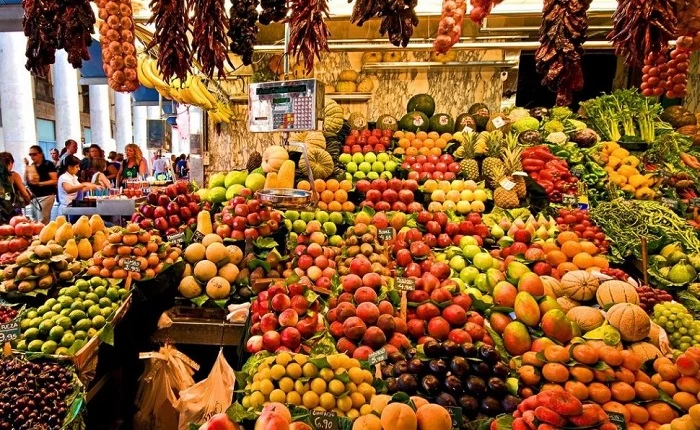
La Boqueria is the oldest, largest (2583 m2) and most emblematic gastronomic market in the city. The variety of its 300 stands is a metaphor for the multiculturalism that characterises Barcelona, with everything from typical Catalan products to exotic products from all over the world.
If you feel like eating on the spot, in La Boqueria you will also find excellent restaurants and food stalls such as El Quim de la Boqueria or the Bar Central de la Boqueria, where you can taste tapas and dishes made with fresh produce from the very same market.
Palau Güell
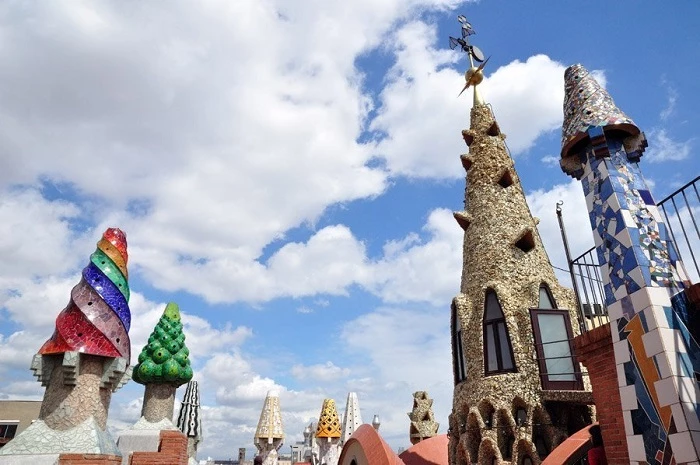
Just 3 minutes walk from the Hotel Arc la Rambla you will find the Palau Güell, one of the lesser known modernist gems of Antonio Gaudí in Barcelona.
Declared a World Heritage Site by UNESCO in 1984, the palace was commissioned by the businessman Eusebi Güell to a young Gaudí to house his private residence.
The Catalan genius used his overflowing imagination to combine the typical structure of medieval Gothic palaces with architectural and stylistic innovations such as the parabolic arch, which is very present in Gaudí’s work.
On the façade of the building, decorated with different materials (wood, wrought iron, ceramics,…) stands out the contrast between the sobriety of the grey marble and the bright colours of the polychrome roof chimneys.
So far our review of what you can see and do in the Raval, don’t miss our recommendations for the Gothic quarter and the neighbourhoods of Sant Pere, Santa Caterina and La Ribera!


